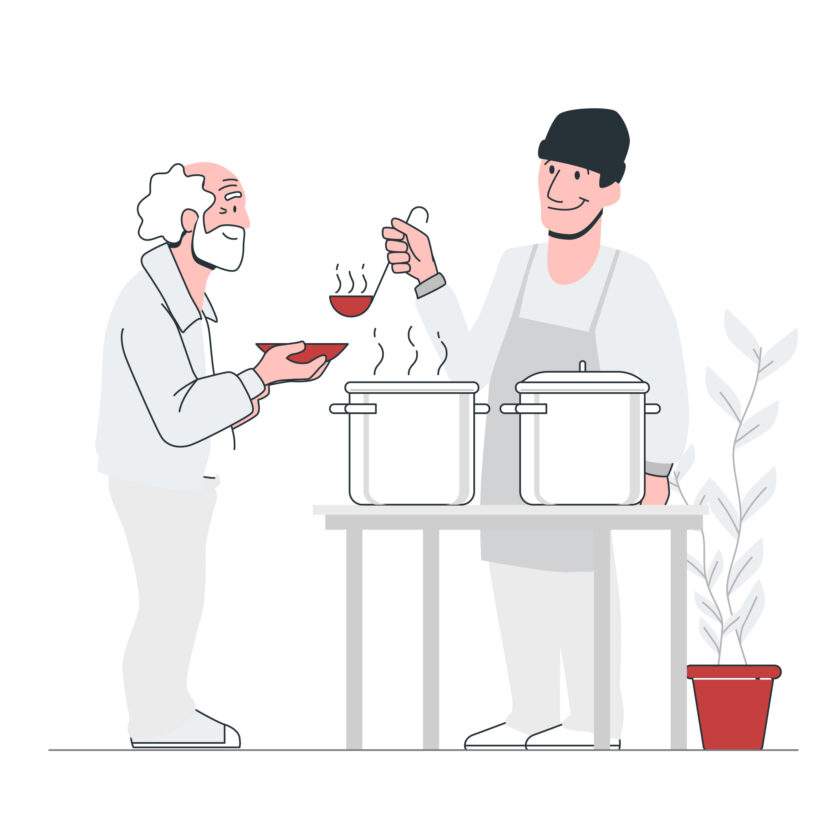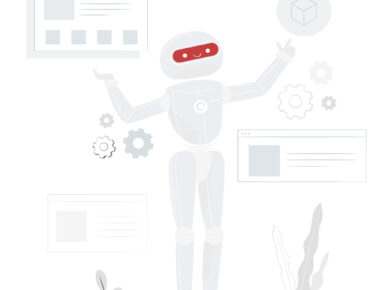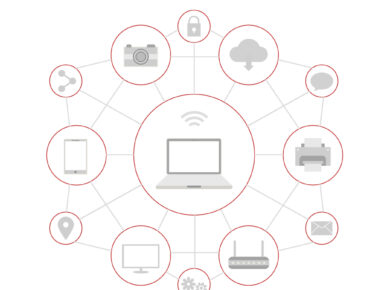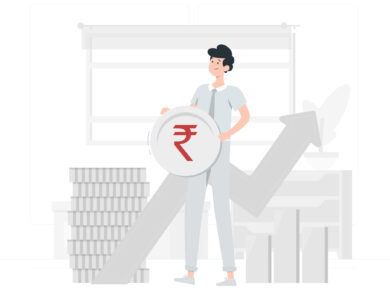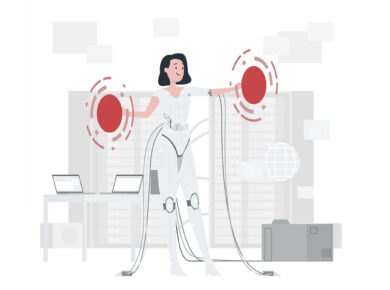Rightly speaking, there is no problem in this world as sensitive and disturbing as hunger. Sadly, its depth is often underrated, as our society is much more privileged than the one where people wander aimlessly for their daily breads like dogs chase their masters for their food hungrily.How long can we enjoy this good fortune? As long as our food remains affordable, no trouble is expected.Is it brilliant enough to forget the basic economic theory? Where supply decreases and demand increases, price rises naturally. And also, where supply remains static and demand increases, making it impossible for supply to match, and disturbing the natural balance between supply and demand, price follows the trend of demand flying high along with it.
In this matter, no more clarity is required. What is shared is enough for a brilliant mind to understand that there is a serious problem to be addressed as early as possible. To begin a formal discussion, we can start with increasing human population and decreasing agricultural production. Ignoring the sensitivity of these possible scenarios simply means encouraging hunger to expand its wings and land into our lives. Nothing can be more troublesome than the said.If the things progress in this direction, within few years our society too will realise what is it like living in hunger. Neither is it an interesting thing to hear nor is it an enjoyable thing to experience.In the world of hunger, the most valuable luxuries are food and water.To address this problem, at least two ways can be approached. One is population and another is food production. From a humanitarian angle, it is better to go with the latter than with the former.
As per a report, published by the UN Food and Agriculture Organisation, to address the shortage that increasing population is expected to create, by the year 2050, or within 30 years, we need to achieve at least 70 per cent increase in the global food production index.Let’s check if technology has anything to offer. Where the search takes us is towards Internet Of Things.Several discussions are going on around the topic. Not many have been done on its impact on agriculture – on how it can be utilised to tackle food shortage and to fight hunger.
No longer, agriculture can be taken lightly. Day by day, it is becoming tougher and tougher. Environment issues like climate change, water shortage and social erosion, and decreasing agriculture workforce are the ones contributing towards this misfortune.Like how IoT is transforming our construction, heath care and education sectors, our agriculture sector too can also be revamped. There is no doubt in that. How? This is the crucial question.Primarily, IoT, with its sensors, can contribute towards date collection. It allows the sector to gain the strength of data. The strength can be utilised to carry out a wide range of tasks such as real time monitoring, analysis and prediction.
Suppose you own a large farm. To monitor the farm, you require a large labour force. Considering the present labour cost standard, it is an extremely expensive matter. Until and unless individual attention is assured, the goals of optimal usage of resources and precision farming remain a distant dream.It is where IoT comes to your rescue. The sensers planted across your farm enables you to receive a huge set of useful date from amount of sunlight, humidity and moisture to temperature.It’s only the tip of the snow. What is left to be discussed is at least 1000 times bigger than the one that has already been discussed. With IoT, our goal of Zero Hunger appears easily achievable.
